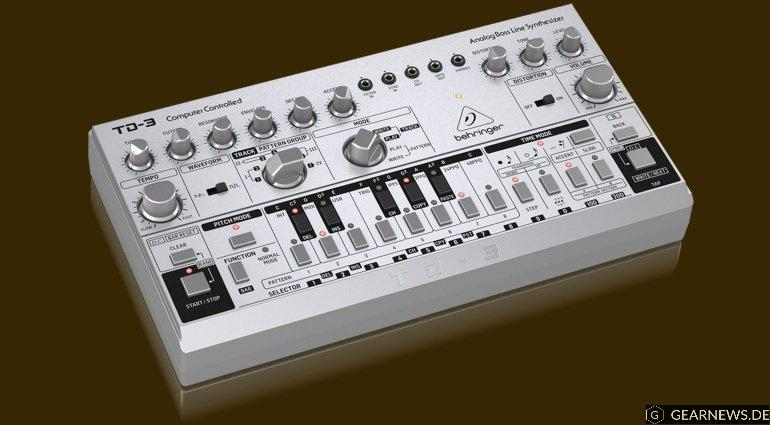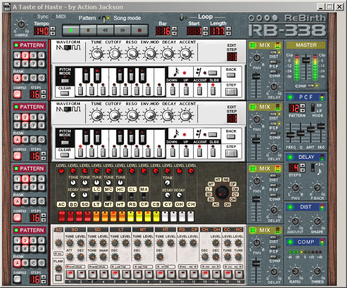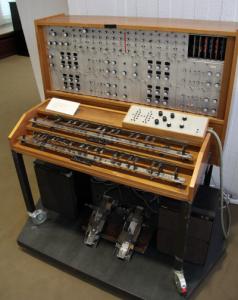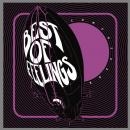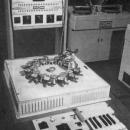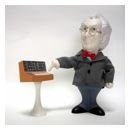Los que hemos jugueteado con el Rebirth de Propellerhead desde hace un par de décadas ya podemos montarnos uno y esta vez de verdad por 500 pavos.
RD8 + TD3 + TD3 =500€
Bueno aún falta la 909
Archivos adjuntos (
loguéate para descargar)

#2241 por aclarar un poco la historia... Y no estaría mal ver algún remake de alguno de estos ancestros.
The first electric synthesizer was invented in 1876 by Elisha Gray.[1][2] The "Musical Telegraph" was a chance by-product of his telephone technology when Gray accidentally discovered that he could control sound from a self-vibrating electromagnetic circuit and so invented a basic oscillator. The Musical Telegraph used steel reeds oscillated by electromagnets and transmitted over a telephone line. Gray also built a simple loudspeaker device into later models, which consisted of a diaphragm vibrating in a magnetic field.
A significant invention, which later had a profound effect on electronic music, was the audion in 1906. This was the first thermionic valve, or vacuum tube and which led to the generation and amplification of electrical signals, radio broadcasting, and electronic computation, among other things. Other early synthesizers included the Telharmonium (1897), the Theremin (1919), Jörg Mager's Spharophon (1924) and Partiturophone, Taubmann's similar Electronde (1933), Maurice Martenot's ondes Martenot ("Martenot waves", 1928), Trautwein's Trautonium (1930). The Mellertion (1933) used a non-standard scale, Bertrand's Dynaphone could produce octaves and perfect fifths, while the Emicon was an American, keyboard-controlled instrument constructed in 1930 and the German Hellertion combined four instruments to produce chords. Three Russian instruments also appeared, Oubouhof's Croix Sonore (1934), Ivor Darreg's microtonal 'Electronic Keyboard Oboe' (1937) and the ANS synthesizer, constructed by the Russian scientist Evgeny Murzin from 1937 to 1958. Only two models of this latter were built and the only surviving example is currently stored at the Lomonosov University in Moscow. It has been used in many Russian movies—like Solaris—to produce unusual, "cosmic" sounds.[3][4]
Archivos adjuntos (
loguéate para descargar)

#2257
Bueno, ya hay imágenes de un posible ARP2600, y también de placas de eurorack, que según rumores puede ser una línea de roland system 500

#2258 el trautonium usa un sistema fotoóptico para generar sonido si no recuerdo mal, y la expresión mediante un controlador "en barra" también es parte importante.

Parece que estará disponible en rojo, azul y en el color original.

1
Y eso de que costaría 150 euros se ha confirmado?

#2263
En cierta tienda ese es el precio marcado en su catalogo online, sí.



